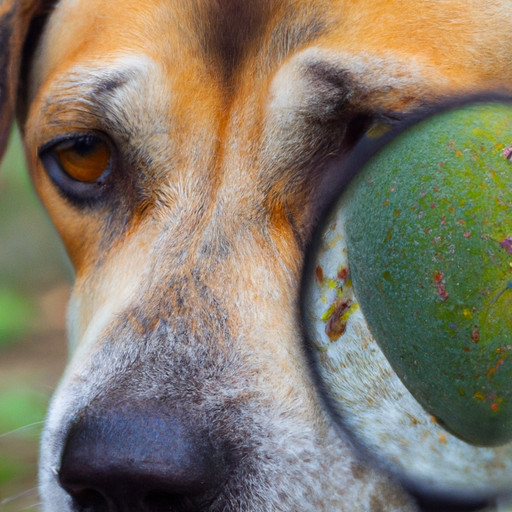Mango worms, a common pest in tropical regions, can pose a significant threat to your beloved canine companions. This article will delve into what mango worms are, how they infect dogs, the symptoms of infection, treatment options, and preventive measures.
Key Takeaways:
- Mango worms are larvae of a type of fly found in tropical climates.
- Dogs can become infected when they come into contact with soil contaminated by mango worm eggs.
- Symptoms include irritated skin, swelling, and the presence of visible larvae in the dog’s skin.
- Treatment involves manual removal of the larvae, followed by antibiotic treatment to prevent secondary infections.
- Prevention strategies include keeping dogs away from contaminated areas and regular vet check-ups.
Table of Contents:
- What Are Mango Worms?
- How Do Dogs Get Infected?
- Symptoms of Mango Worm Infection in Dogs
- Treatment Options
- Prevention Strategies
- Frequently Asked Questions
What Are Mango Worms?
Mango worms are larvae of the Cordylobia anthropophagi fly, a species native to certain parts of Africa. Despite their name, these worms have no special affinity for mango trees. They are called as such because they were first discovered in the region’s mango trees. These parasites are known for their disturbing lifecycle, where they burrow into the skin of mammals, including dogs, during their larval stage.
How Do Dogs Get Infected?
Dogs can get infected with mango worms in several ways. The most common is through contact with contaminated soil. Female flies usually lay their eggs in the ground, and when dogs play or lie down in these areas, the eggs can stick to their fur. The warmth of the dog’s body then stimulates the eggs to hatch into larvae, which burrow into the dog’s skin to complete their lifecycle. It’s worth noting that dogs can also get infected if they ingest contaminated food or water. For more information about how dogs can get infected with parasites, check out this resource.
Symptoms of Mango Worm Infection in Dogs
The symptoms of mango worm infection can vary, but there are a few telltale signs. These include:
- Irritated skin, often accompanied by itching and discomfort
- Swelling or lumps under the skin where the larvae are growing
- Visible larvae in the skin, which may be seen as small, white spirals
- Changes in behavior, such as increased licking or scratching at certain areas
For more about common health issues in dogs, you can visit this page.
Treatment Options
Treatment for mango worm infection primarily involves the manual removal of the larvae. This is often done by a vet, who will make a small incision in the skin and squeeze out the larvae. After the larvae are removed, the vet will typically prescribe antibiotics to prevent secondary infections. In severe cases, surgical intervention may be necessary.
For more information about treatments for common dog illnesses, check out this guide.
Prevention Strategies
Prevention is always better than cure. To protect your dog from mango worms:
- Keep your dog away from areas known to be contaminated
- Regularly check your dog’s skin for signs of infection
- Schedule regular vet check-ups
For more tips on how to keep your dog healthy, you can visit this page.
Frequently Asked Questions
Q: Can mango worms infect humans?
A: Yes, mango worms can infect humans in the same way they infect dogs.
Q: Are mango worms fatal to dogs?
A: While not typically fatal, mango worm infections can cause discomfort and potential complications if left untreated.
Q: How long does it take for mango worms to mature in a dog’s skin?
A: It takes about 10-14 days for mango worms to mature after burrowing into the skin.
Q: Can mango worms be prevented with regular deworming medication?
A: Regular deworming medication does not prevent mango worm infection.
In conclusion, mango worms in dogs are a serious issue, especially in tropical climates. Being informed and proactive can go a long way in ensuring the health and happiness of your four-legged friend.



